
People use fresh water to irrigate vegetables during the drought and salinity season.
Salinity will increase with the tide.
According to the Hau Giang Province Hydrometeorological Station, from now until March 27, the water level on rivers and canals in the province is forecast to decrease due to low tide and will rise again from March 28-31. The highest water level at Phung Hiep station is from 1.20-1.30m; at Vi Thanh station is from 0.65-0.70m. The peak water level above the tide will not cause flooding and will not affect production and daily life.
Mr. Pham Duc Doan, Director of the Hydrometeorological Station of Hau Giang province, said: The salinity on the Hau River has slightly penetrated into the province in the area of Chau Thanh district and Nga Bay city in the past week with a concentration of 0.2‰-0.5‰. The salinity, following the tide of the West Sea, on the Cai Lon River and Chac Bang canal, has penetrated into Long My district and Vi Thanh city with the highest concentration of 2.5‰-3.5‰. It is forecasted that the salinity will increase rapidly with the high tide at the end of the month, affecting the province. Specifically, on the Hau River, affected by the East Sea tide due to high tide (late February, early March of the lunar calendar), salinity affects Chau Thanh district and Nga Bay city, with the highest salinity of 0.2‰-1.2‰. This is the last period in the dry season this year in which salinity is likely to affect the province. The saline intrusion of the West Sea tide on Cai Lon River and Chac Bang Canal penetrates into rivers and canals in the province with the highest concentration from 4.2‰-6.2‰.

Farmers in Hau Giang province are taking advantage of land improvement to plant summer-autumn rice in areas not affected by saltwater intrusion.
The flow from the Hau River into the province at the end of March 2025 was 3.5% - 7% higher than the same period last year but still 2.5% - 5% lower than the average of many years. The amount of surface water in ponds, lakes, canals, streams, and rivers in the province was low, not enough to supply for daily life, service industry, agriculture , and aquaculture. There was a slight, local shortage of water in localities in the province such as Long My district with a shortage of 3.5% - 7.5%, Vi Thuy district with a shortage of 1.2% - 3.2%, Long My town with a shortage of 1.5% - 2.7%, Vi Thanh city with a shortage of 0.8% - 2.2%, and the remaining localities with insignificant local shortages. Pay attention to prevent salinity from the influence of the West Sea tide on the Doc River through the Chac Bang canal and Ngan Dua canal from invading Long My district and Vi Thanh city, increasing suddenly and developing complicatedly.
According to Mr. Phung Tien Dung, National Center for Hydro-Meteorological Forecasting, the tidal water level in the West Sea (Rach Gia station) from March 21 to 31 fluctuates at an average level, the peak tide during this period fluctuates from 0.4 to 0.6m, appearing time is about 1 to 4 hours every day. The trend of salinity intrusion in the Mekong Delta from now until March 31 will gradually decrease and increase again at the weekend. The highest salinity at the stations is lower than the highest salinity in March 2024, except for some stations in Ben Tre and Tra Vinh with higher salinity.
The salinity depth of 4‰ at the main river mouths such as Vam Co Dong and Vam Co Tay rivers, the salinity intrusion range is 40-50km; Cua Tieu and Cua Dai rivers, the salinity intrusion range is 35-40km; Ham Luong river, the salinity intrusion range is 55-60km; Co Chien river, the salinity intrusion range is 40-45km; Hau river, the salinity intrusion range is 40-48km; Cai Lon river, the salinity intrusion range is 25-30km. Localities need to take advantage of storing fresh water during low tides to serve agriculture and people's lives.
Saline intrusion in the Mekong Delta in the 2024-2025 dry season will be higher than the average, but not as severe as in the 2015-2016 and 2019-2020 dry seasons. The high saline intrusion in the Mekong Delta estuary is likely to be concentrated from March 28 to April 2, then gradually decrease; in the Vam Co and Cai Lon rivers from March 28 to April 2 and April 27 to May 1, from May, saline intrusion will gradually decrease. The saline intrusion situation in the Mekong Delta depends on water sources from the upper Mekong River, high tides and will fluctuate in the coming time.
Associate Professor Dr. Tran Ba Hoang, Director of the Southern Institute of Water Resources, forecasts that from now until the end of March 2025, the flow from upstream to the Mekong Delta will increase sharply, and saline intrusion in river mouths will decrease rapidly. The Mekong River estuary areas, within a range of 30-40km from the sea, are likely to have regular fresh water, which is favorable for water intake, especially during low tide and at the foot of the tide. Localities need to take advantage of this time to operate irrigation works to flush the system and store maximum water in the canal system, and plant the 2025 Summer-Autumn rice crop in areas with irrigation infrastructure to actively control water sources. For areas 25-30km from the sea that are still affected by saltwater intrusion, to prevent risks, we should wait for the freshwater source on the river to stabilize and widespread rain to appear before planting the 2025 Summer-Autumn crop, especially in the area of the two Vam Co rivers, forecasted until the end of April 2025.
Saltwater intrusion likely to last until the end of April
The Ministry of Agriculture and Environment said that from now until the end of the 2024-2025 dry season, the Mekong Delta region will continue to experience saline intrusion during the high tide period from March 27-30. In April, saline intrusion will gradually decrease at the mouths of the Mekong River; in the area of the two Vam Co rivers, saline intrusion is likely to last until the end of April 2025 if there is no rain. To strengthen the implementation of solutions to prevent and combat drought, water shortage, and saline intrusion, the Ministry of Agriculture and Environment will monitor the flow and high tide developments in the Mekong Delta region; strengthen forecasting of meteorology, hydrology, water resources, drought, and saline intrusion to organize appropriate response solutions. Urgently complete the Project "Prevention and control of land subsidence, landslides, flooding, drought, and saline intrusion in the Mekong Delta until 2035, with a vision to 2050".
For provinces in the Mekong Delta region, closely monitor the forecast information on salinity intrusion that the Ministry of Agriculture and Environment is regularly providing. Increase water intake and storage of fresh water in canals, ponds, and low-lying areas; implement advanced irrigation solutions, save water for rice and upland crops, ensure to meet the minimum water demand during sensitive periods of water for crops, especially fruit trees and crops with high economic value. Identify and delimit areas at risk of domestic water shortage, urge to accelerate the completion of investment projects to build, repair, upgrade, and expand concentrated rural water supply works; when water shortage occurs, strengthen solutions to ensure adequate supply of domestic water for people, support people to organize water intake and storage for daily life. Continue to conduct research to build irrigation works to prevent salinity, complete irrigation systems that have been put into use to effectively control salinity intrusion, upgrade and complete large irrigation systems and build works to control salinity intrusion at river mouths, transfer systems, and connect water sources. At the same time, continue to enhance the implementation capacity and accuracy of forecasting results of water resources, drought, water shortage, salinity intrusion, and develop water use plans to support the organization of agricultural production in accordance with the water source situation.
According to Mr. Nguyen Nghia Hung, Deputy Director of the Southern Institute of Water Resources Research, the water source to the Mekong Delta is in the group of years below average water, the flow frequency in the dry months is at 60% - 75%, depending on the operation of hydropower plants in the basin. The forecast of salinity intrusion in the dry season 2024-2025 is higher than the average of many years. Some winter-spring rice areas expected to be harvested in April 2025 are in Tra Vinh province (Duyen Hai, Tra Cu, Cau Ngang, Tieu Can, Chau Thanh districts); Hau Giang (Long My, Phung Hiep districts, Long My town); Soc Trang (Ke Sach, Chau Thanh, Thanh Tri, My Tu districts); Bac Lieu (Hoa Binh, Vinh Loi, Phuoc Long, Gia Rai districts); Long An (Tan Tru, Can Duoc, Can Giuoc); Tien Giang (Go Cong Tay, Tan Phuoc, Chau Thanh); and Ben Tre (Ba Tri), although located in the protected area of irrigation systems, may still suffer from water shortages, so localities need to take advantage of the time when fresh water arrives to store water to ensure production in case of high salinity again in April 2025.
The upstream Mekong Delta has sufficient water resources, the main difficulties are in the high mountains of Tinh Bien and Tri Ton, it is necessary to implement measures to store water and save water. The middle Mekong Delta should operate salinity control works reasonably and store water whenever possible, when taking fresh water or irrigating crops, it is necessary to strictly check the salinity, especially for fruit trees. Unusual salinity intrusion in the coastal areas of the Mekong Delta can affect water resources and production in coastal irrigation systems such as Go Cong, Bac Ben Tre, and the coastal areas of Tra Vinh. Therefore, it is necessary to prepare response plans, store and use water reasonably, especially water to ensure for fruit growing areas...
HOAI THU
Source: https://baohaugiang.com.vn/moi-truong/tich-cuc-ung-pho-han-man-140381.html








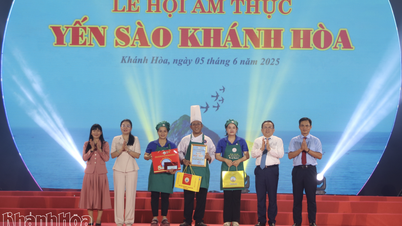






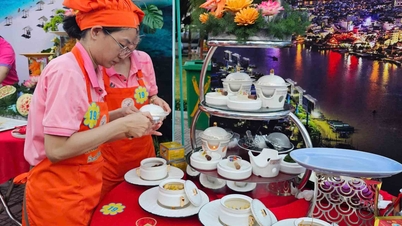





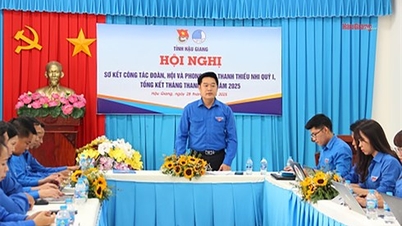


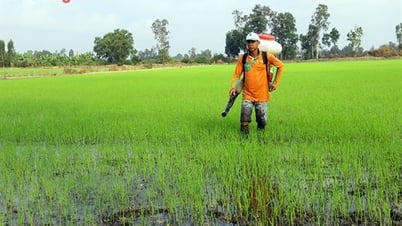
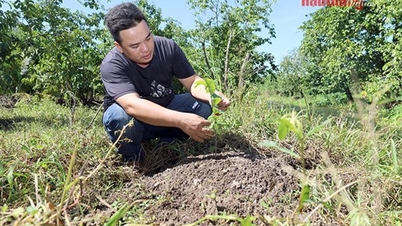



















































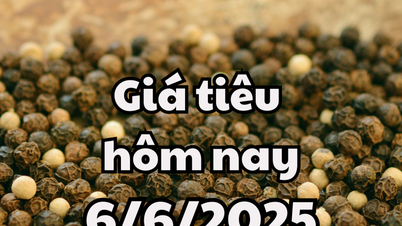


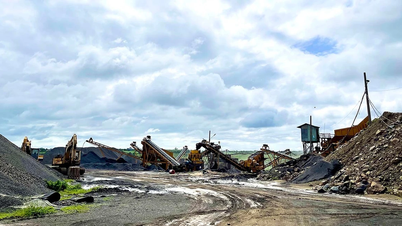
















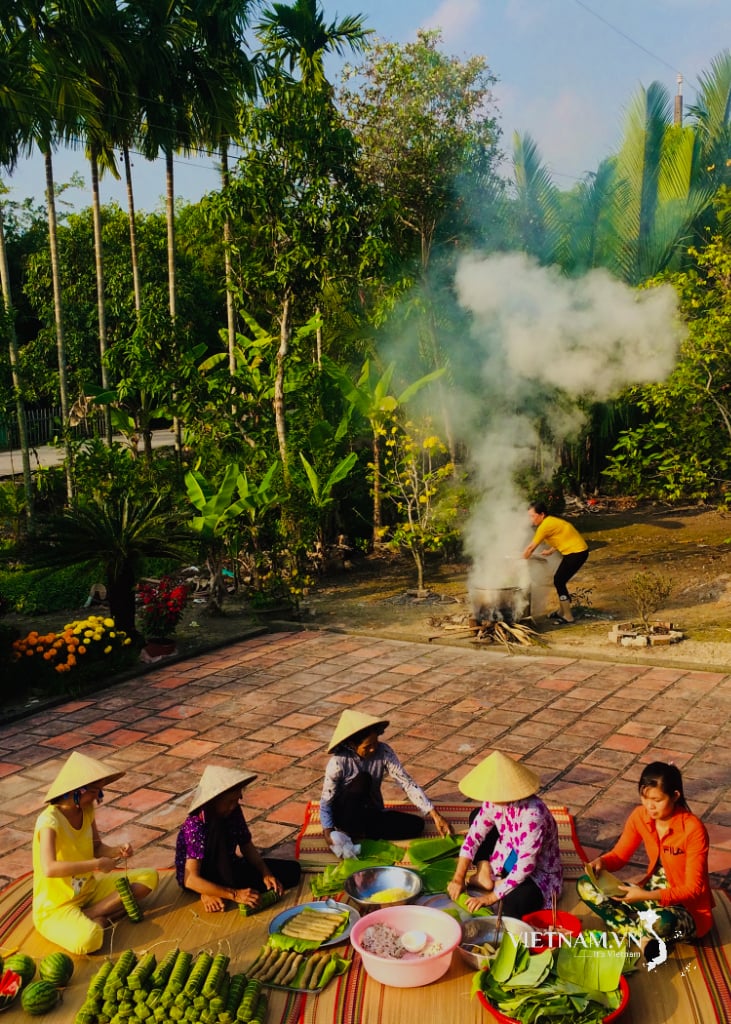
Comment (0)